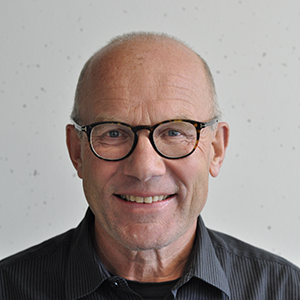 Franz Giessibl, University of Regensburg, Germany
Franz Giessibl, University of Regensburg, Germany
For enabling subatomic resolution capability of atomic force microscopy and for the invention of the qPlus sensor, a smart AFM probe with outstanding spatial resolution.
Giessibl studied physics from 1982 to 1987 at the TU Munich and at ETH Zürich. His PhD was obtained with Nobel Laureate Gerd Binnig at IBM Munich/Zurich on atomic force microscopy. (AFM). He moved to Silicon Valley to join Park Scientific Instruments,
Inc from mid-1992 until the end of 1994 and established atomic resolution AFM as a tool to image all surfaces with atomic resolution, including the enigmatic Si 7x7 surface. He joined the management consulting firm McKinsey from 1995 to 1996, performing
benchmarking studies and inventing the qPlus sensor in his home, a sensor that is core to 450 low-temperature AFMs globally today and enables breakthrough results.
In 2005, he was offered chairs at the University of Bristol and the University of Regensburg, joining the latter. From 2005, he collaborated with the scanning tunneling microscopy (STM) groups of IBM in Almaden and Zurich and later with NIST in Gaithersburg
to help to establish combined STM and AFM at ultralow temperatures.
Some of the images obtained by Giessibl and his team inspired the legendary visual artist Gerhard Richter to the offset print editions Erster Blick (2000) and Graphit (2004), leading to two grey double mirrors for a pendulum, an art & science
project in Münster, Germany.
The Innovation in Materials Characterization Award has been endowed by Gwo-Ching Wang and Toh-Ming Lu.